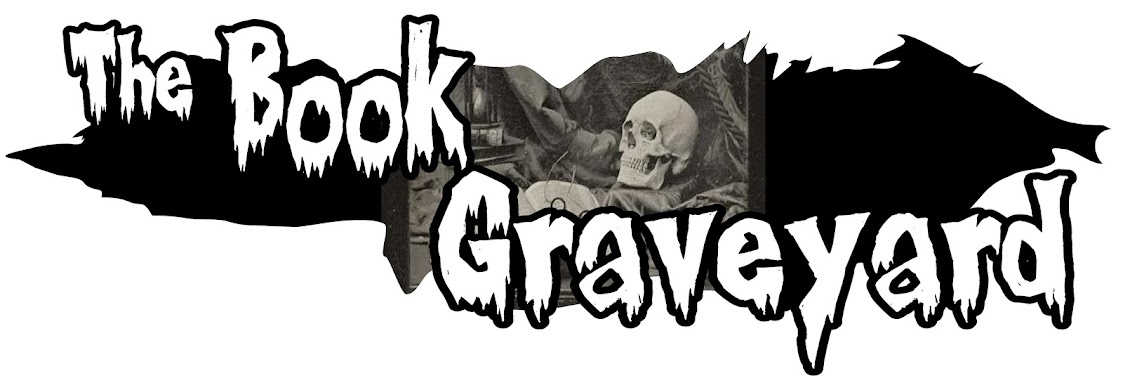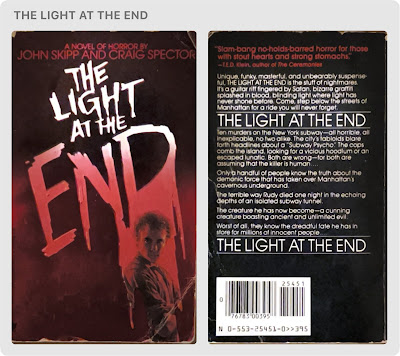1986. New York City. No other place in the world contains such a plethora of different walks of society. And nowhere is that more clear than on the subway. What’s also clear is that despite its importance, the subway is gross, dirty and unsafe. Whether it’s the chance of sitting next to a dirty bum or getting mugged, you ride the subway at your own risk. It’s even more dangerous when a serial killer rides the rails, slaughtering passengers and drinking their sweet, life sustaining blood.
It doesn’t take long for all hell to break lose when an unlucky victim falls prey to this vampire, and, as he discovers his new found powers of vampirism, it’s up to his friends to put a stop to his evil ways before the entirety of the lower east side becomes a warren of undead bloodsuckers.
Widely regarded as one of the best vampire novels ever written and seen as the first true “splatterpunk” novel, I can understand why people go nuts over “The Light at the End”. Really, I can. I mean, the book is mean, excessively violet and gory, and contains some of the most ghoulish and gross vampires in recent literature. Plus, it’s written sarcastically, with an acerbic style that oozes counter culture at every juncture and makes no apologies for its almost dark humor like tone.
But I feel that’s the only reason people enjoy “Light at the End”. Because if we’re going on story elements alone, this one is lacking anything significant. Yes, it’s bloody and sprays viscera at every chance it gets, however that’s all it does. The characters are too numerous and the ones that get more than a few minutes of page time all manage to get under your skin to the extent that they’re annoying. Our female lead just wants to get laid and gets jealous at everyone who manages to do the deed. Joseph, the main male protagonist walks around angry at everyone, and would benefit from therapy instead of killing vampires. And speaking of vampires, the antagonistic creature is a whimpering simp who’s only claim to fame is that he manages to be in the wrong place and wrong time. The story itself goes on a pretty pedestrian path (complete with stakes and holy water). It’s only unique feature is that most of the settings involve New York subway trains instead of Transylvanian castles. Maybe I’m just not into this kind of writing anymore and I’m really a literary hipster who prefers more depth in his reading choices, but whatever the case, I found this to be a chore to get though as I was bored from about 25% of the way on. Had this been cut down by about pages, I probably would have enjoyed my time reading it a bit more. Oh well. Such is life. 2 stars.
©1986 Published by Bantam \\\\\Review by J. Thomas Anderson instagram: @jdog_reads

No comments:
Post a Comment